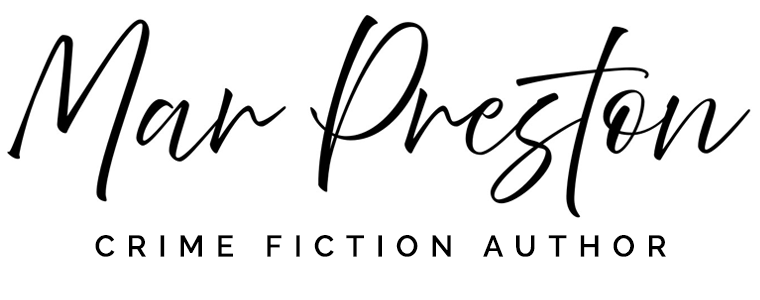I’ve read one too many books that get a good story going then drop into the past tense to catch us up on why all these exciting events have happened.
I’ve just published a 20,000 word EBook on the subject of Writing Backstory in Your Mystery. It’s the current one in a series of how-to books on topics for first-time mystery writers. The topic is much on my mind.
Backstory deepens an appreciation of the context of your characters and setting. Yes. Once they understand characters’ struggles, readers care about what happens next to them. They’ve seen cause and now effect. This has happened because of that.
But how much backstory do you need?
Imagine your heroine telling her life story to an attractive man she’s met on Match.com. She’s going to tell just enough to intrigue, yes? In fiction, she might let slip a nuance that foreshadows what is to come, or show us by inference what her driving needs are. For example, she grew up in an apartment and always wanted to own a home. What would she be willing to do to buy a house and make it her own? Would she kill? You want to make the reader curious enough to want to know the past and to find out by turning the pages.
Other than a huge indigestible lump moving like the elephant through the boa constrictor, here’s ways to deal with backstory:
- Prologue
- Research Summary
- Flashbacks
- Dialogue between characters
- Inner dialogue
- Narrative Summary of past action: exposition
- Recollection—a pause to remember
For more on the uses and techniques of backstory check out my EBook on Amazon.
